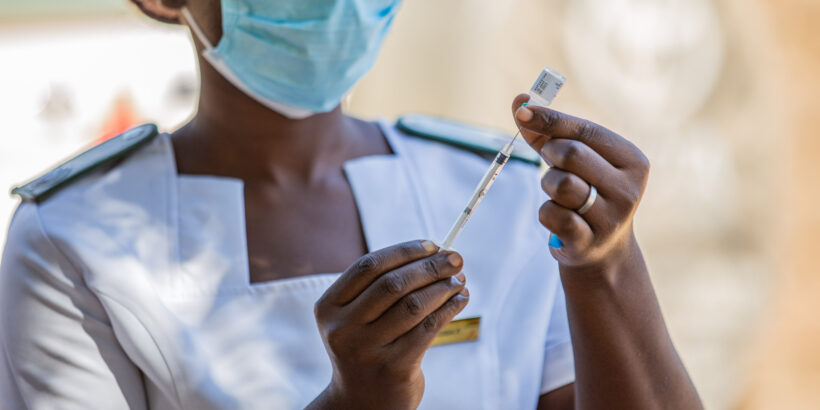When decision-makers in low- and middle-income countries weigh various public health interventions, it is crucial to have data and information about the problem and the solution. For typhoid, reliable surveillance data is difficult to obtain and the problem—typhoid cases—is often underestimated. Similarly, the impact of the solution—in this case, typhoid conjugate vaccines (TCVs)—can take a long time to measure. This is where health economic modeling becomes a crucial part of the information that decision-makers consider regarding typhoid prevention and control.
Health economic models are a predictive tool; they show the potential for a certain result based on certain assumptions or factors. For typhoid and TCVs, we most often consider impact and cost-effectiveness modeling. Cost-effectiveness is evaluated by determining a threshold of how much we are willing to pay to achieve some unit of benefit, and comparing our model-estimated costs to that threshold. These are two of the most important pieces of information for decision-makers considering a health intervention such as TCVs. Health economics modeling can project impact and cost-effectiveness of TCV introduction in typhoid endemic countries, regions, or even produce global estimates.
Different models mean different results
Health economists use different kinds of models to show potential impact, which can therefore lead to different results and predictions. They might also use different model inputs, again potentially yielding disparate predictions of TCV cost-effectiveness and impact. If decision-makers are looking at data from different models, the varying information can make it confusing to interpret results. A recent study compared different model predictions of TCV impact and cost-effectiveness in high-risk settings.
In this study, researchers used five models fitted to a common data set of typhoid cases from Kolkata, India. In other words, this means that the same data is being formatted into different models. Using these models, the researchers evaluated three TCV introduction strategies: no vaccination; routine vaccination at nine months of age; and routine vaccination at nine months with a one-time catch-up campaign. They calculated the potential reduction in symptomatic typhoid cases ten years after vaccine introduction.
While the magnitude of TCV impact and cost-effectiveness differed across models, they all predicted considerable reductions in typhoid incidence following vaccine introduction. This is great news for decision-makers. They can rest assured that regardless of the model, the impact of TCV is promising. Additionally, results across all models showed that routine vaccination plus a one-time catch-up campaign was likely to be most impactful and cost-effective strategy in high-incidence settings.
The data also show routine vaccination with or without a catch-up campaign is likely to be cost-effective when compared to no vaccination in high-burden settings. However, all models predict that typhoid incidence will remain high in the scenario of routine vaccination alone. This suggests that catch-up campaigns are needed to achieve the most public health impact.
Using modeled data for decision-making
The results of the model comparison study reassure decision-makers about the economic and public health benefits of TCV introduction. As decision-makers weigh different interventions to combat urgent health threats, including climate change and drug-resistant typhoid, these data are positive news. TCVs are likely to be cost-effective in high-burden settings across varying models using different parameters and considerations; campaigns followed by routine immunization are a strategic public health investment. These data further confirm what we already know about TCVs as a cost-effective intervention to prevent and control typhoid.
Photo: A health care worker prepares a TCV dose during Zimbabwe’s introduction campaign in 2021. Cost-effectiveness modeling data helps countries like Zimbabwe make vaccine introduction decisions. PATH/Kundzai Tinago.



